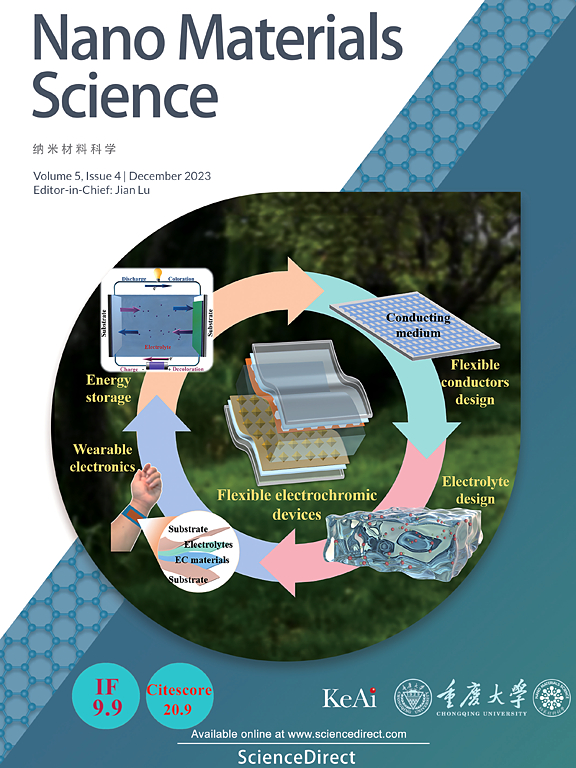解决锂离子电池层状结构阴极中的阳离子混合问题:综述
IF 9.9
2区 材料科学
Q1 Engineering
引用次数: 0
摘要
高性能锂离子电池(LIB)在为新兴技术提供动力方面非常重要。阴极被认为是提高电池能量密度的瓶颈,其中层状氧化物是锂离子电池最有希望的候选者。然而,层状氧化物阴极的一个限制是过渡金属和锂离子的混合,这会严重影响电池的容量和循环稳定性。尽管近年来对Li/Ni混合进行了研究,但对过渡金属与Li之间阳离子混合的成因缺乏全面的认识;因此,要切实解决这个问题。本文对层状阴极中的阳离子混合进行了综述,强调了对阳离子混合机制的理解及其对阴极材料设计的影响。我们列出并比较了检测材料结构中阳离子混合的先进表征技术;研究调节层状氧化物中阳离子混合程度的方法,以提高电池容量和循环性能,并批判性地评估这些方法如何在实际中应用。对未来的研究方向进行了评价,包括稳定结构和提高容量保持的超交换相互作用。研究结果将对高性能可充电LIB层状阴极的设计有直接的好处,因此,研究人员和制造商感兴趣。本文章由计算机程序翻译,如有差异,请以英文原文为准。
Addressing cation mixing in layered structured cathodes for lithium-ion batteries: A critical review
High-performance lithium-ion batteries (LIB) are important in powering emerging technologies. Cathodes are regarded as the bottleneck of increasing battery energy density, among which layered oxides are the most promising candidates for LIB. However, a limitation with layered oxides cathodes is the transition metal and Li site mixing, which significantly impacts battery capacity and cycling stability. Despite recent research on Li/Ni mixing, there is a lack of comprehensive understanding of the origin of cation mixing between the transition metal and Li; therefore, practical means to address it. Here, a critical review of cation mixing in layered cathodes has been provided, emphasising the understanding of cation mixing mechanisms and their impact on cathode material design. We list and compare advanced characterisation techniques to detect cation mixing in the material structure; examine methods to regulate the degree of cation mixing in layered oxides to boost battery capacity and cycling performance, and critically assess how these can be applied practically. An appraisal of future research directions, including superexchange interaction to stabilise structures and boost capacity retention has also been concluded. Findings will be of immediate benefit in the design of layered cathodes for high-performance rechargeable LIB and, therefore, of interest to researchers and manufacturers.
求助全文
通过发布文献求助,成功后即可免费获取论文全文。
去求助
来源期刊

Nano Materials Science
Engineering-Mechanics of Materials
CiteScore
20.90
自引率
3.00%
发文量
294
审稿时长
9 weeks
期刊介绍:
Nano Materials Science (NMS) is an international and interdisciplinary, open access, scholarly journal. NMS publishes peer-reviewed original articles and reviews on nanoscale material science and nanometer devices, with topics encompassing preparation and processing; high-throughput characterization; material performance evaluation and application of material characteristics such as the microstructure and properties of one-dimensional, two-dimensional, and three-dimensional nanostructured and nanofunctional materials; design, preparation, and processing techniques; and performance evaluation technology and nanometer device applications.
 求助内容:
求助内容: 应助结果提醒方式:
应助结果提醒方式:


